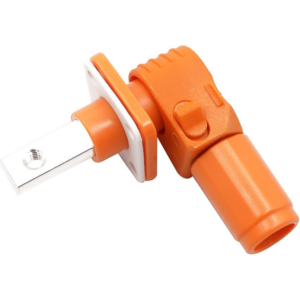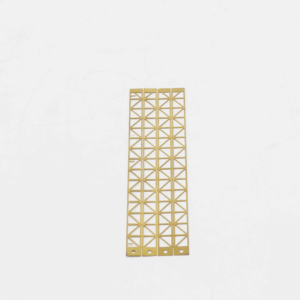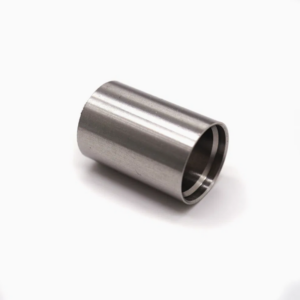Hello,guys,as we all know,busbars have emerged as the preferred solution for electrical distribution across various industries, but selecting the appropriate material for your application can be challenging. Should you choose copper, known for its superior conductivity, ampacity, and mechanical strength? Or might aluminum be the better option, given its lighter weight and cost-effectiveness?
In this blog, we will examine the key differences between copper and aluminum busbars to help you make an informed decision about which material is best suited for your project. We will explore the advantages and disadvantages of each option, allowing you to assess the specific needs of your application and select the ideal busbar material.
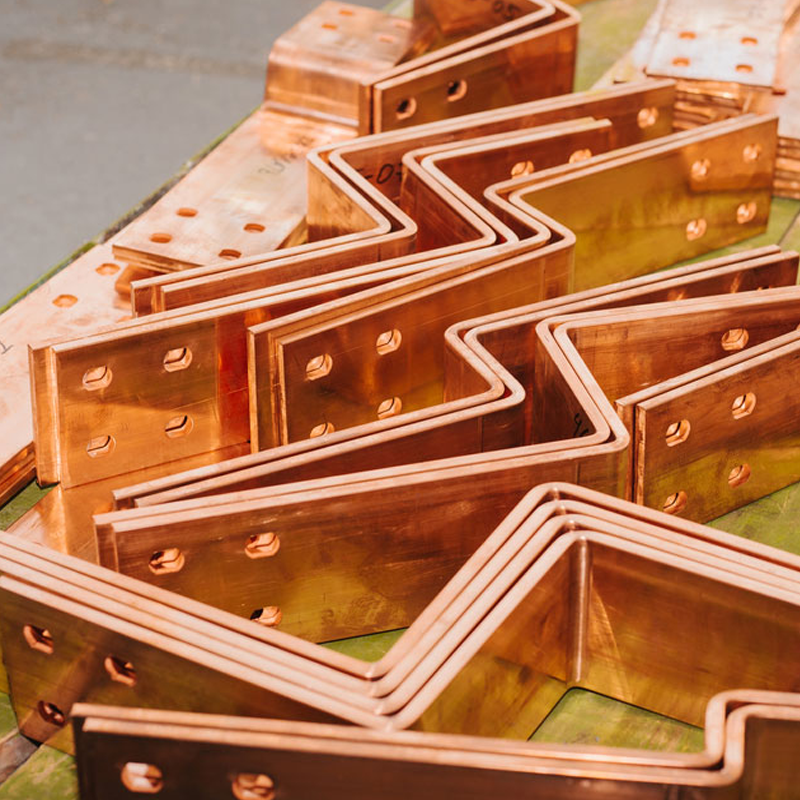
By understanding these critical factors, you can ensure optimal performance and reliability in your electrical distribution system. Let’s take a closer look at how copper and aluminum busbars compare, and determine which one aligns best with your requirements.
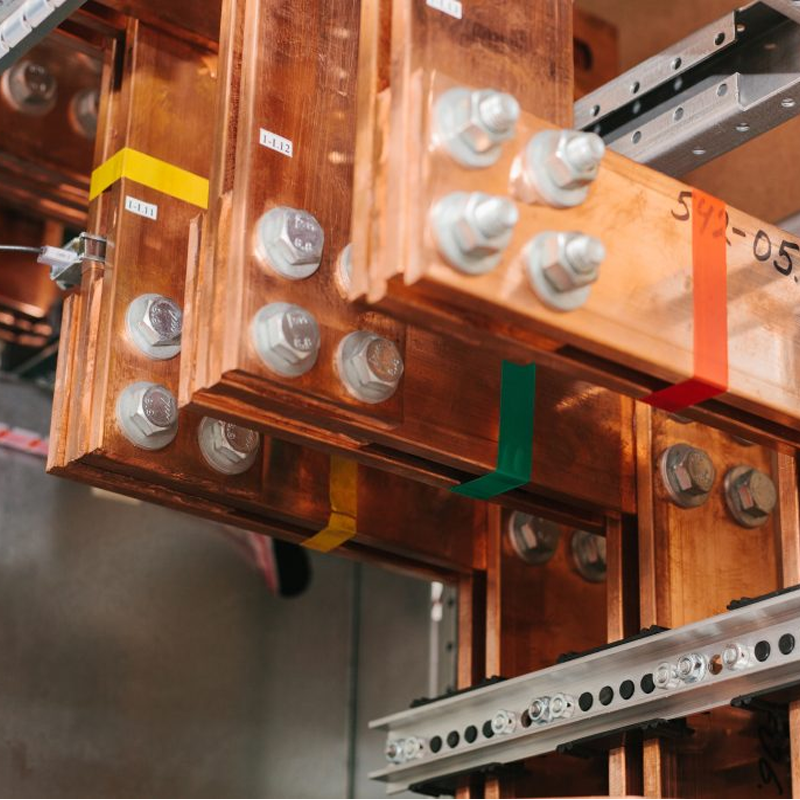
Key Differences Between Copper and Aluminum Busbars
When it comes to selecting the right material for your busbars, understanding the key differences between copper and aluminum fabrication is crucial. Here are eight important factors to consider that can help guide your decision:
-
Conductivity
Copper outshines aluminum in terms of electrical conductivity, measuring approximately 58 MS/m (mega siemens per meter) compared to aluminum’s 37 MS/m. This higher conductivity means copper busbars can carry more current with lower resistance, leading to improved efficiency in electrical systems.
Winner: Copper
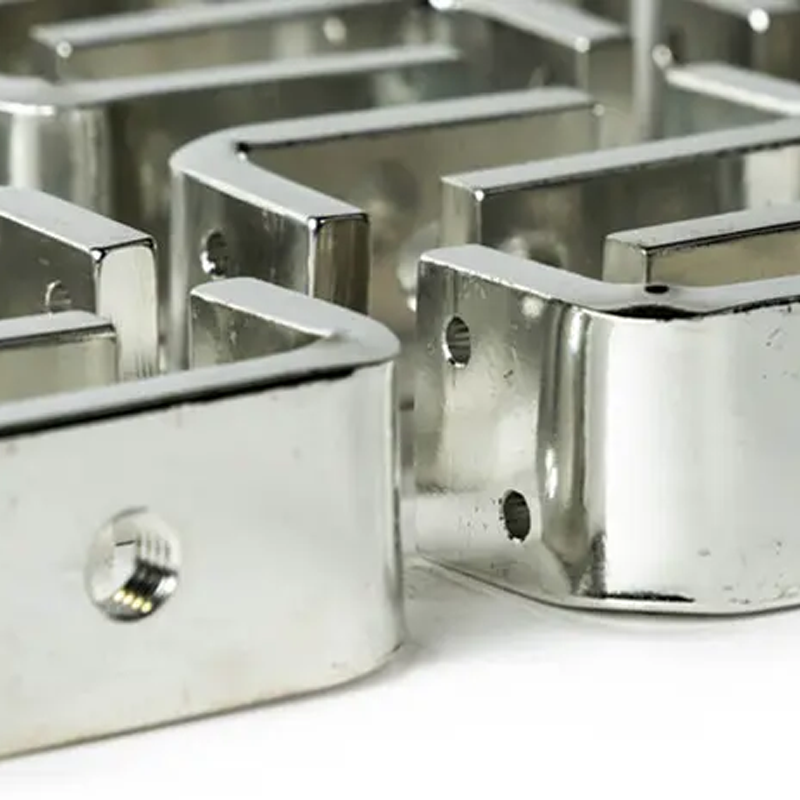
-
Ampacity
Due to its superior conductivity, copper busbars typically boast a higher ampacity than aluminum busbars of the same size. This allows copper busbars to handle more current without the risk of overheating, making them a reliable choice for demanding applications.
Winner: Copper
-
Strength
Copper’s density and higher tensile strength give it a distinct advantage when it comes to mechanical resilience. Copper busbars can withstand more stress and are less prone to deformation, resulting in durable and trustworthy electrical connections. However, well-designed aluminum busbars can also provide adequate strength for many applications.
Winner: Copper
-
Corrosion Resistance
In general, copper offers better corrosion resistance than aluminum. However, aluminum does have the ability to form a protective oxide layer, which can mitigate corrosion in certain environments.
Winner: Copper
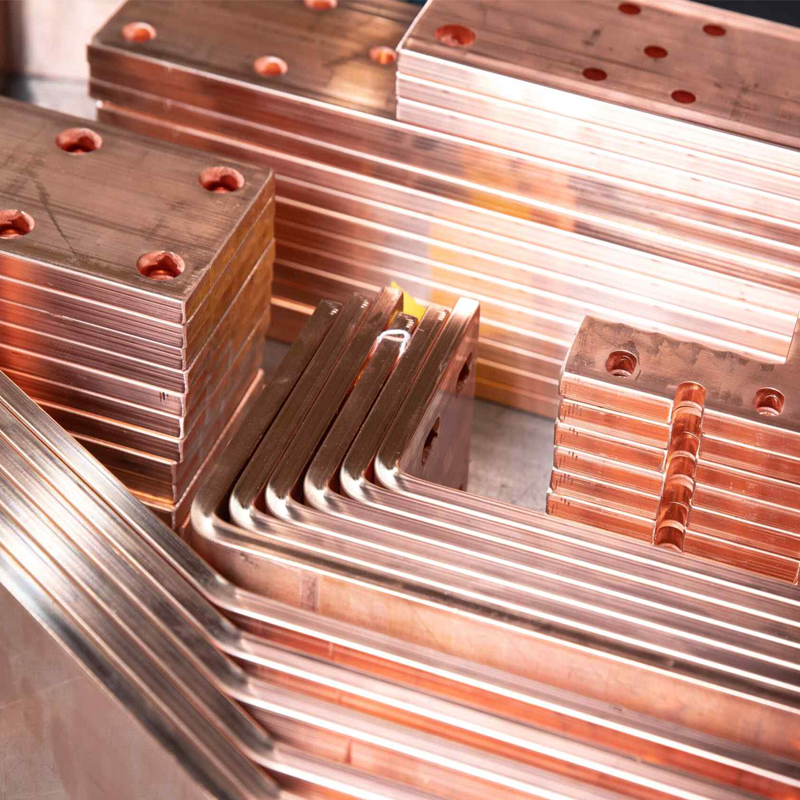
-
Thermal Expansion
Aluminum’s higher thermal expansion coefficient means it expands and contracts more with temperature fluctuations. This can potentially lead to unstable connections or mechanical failures over time. Conversely, copper busbars typically have a longer lifespan and lower maintenance costs due to their superior mechanical strength and corrosion resistance.
Winner: Copper
-
Weight
One of aluminum’s significant advantages is its lighter weight. Aluminum busbars are less dense than copper ones, making them easier to transport, handle, and install. This can be a significant benefit in applications where weight is a critical factor.
Winner: Aluminum
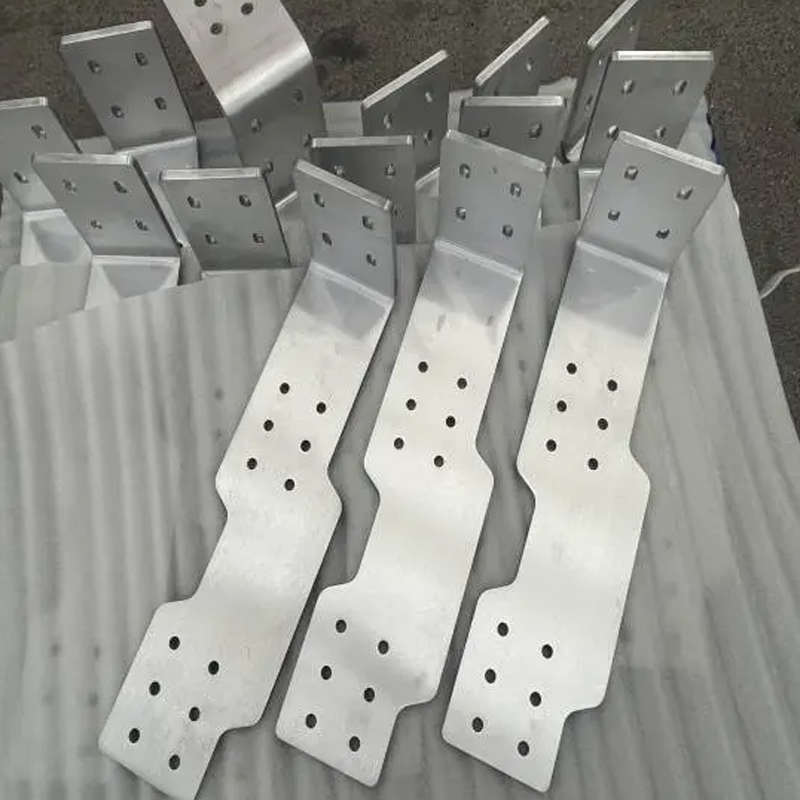
-
Cost
Cost is always a consideration in any project. Aluminum is generally less expensive than copper, making it a more economical option for large-scale applications where budget constraints are a concern.
Winner: Aluminum
-
Availability
In some areas, copper may not be as readily available as aluminum, which can result in longer lead times and higher procurement costs. This factor should also be taken into account when making your selection.
Winner: Aluminum
Selecting the Appropriate Busbar Material for Your Application
When it comes to choosing between copper and aluminum busbars, the decision ultimately hinges on the specific needs of your project or industry. Factors such as application requirements, budget limitations, and environmental conditions all play a significant role in making the right choice.
When to Choose Copper Busbars
- High-Performance Electrical Systems: For projects that necessitate superior conductivity and minimal resistance—such as those found in power generation, transmission, distribution, and high-power electronics—copper busbars are typically the preferred option.
- Critical Infrastructure: Copper busbars are ideal for critical infrastructure projects where reliability and durability are essential. This includes applications in substations, data centers, telecommunications facilities, and industrial plants.
- Challenging Environments: If your application is situated in outdoor or corrosive conditions, where busbars may be exposed to moisture, chemicals, or extreme temperatures, copper’s enhanced corrosion resistance and robustness make it the better material choice.
- Low-Resistance Connections: For projects that require low-resistance connections—such as high-current applications, motor control centers, switchgear, and power distribution panels—copper busbars provide an effective solution.
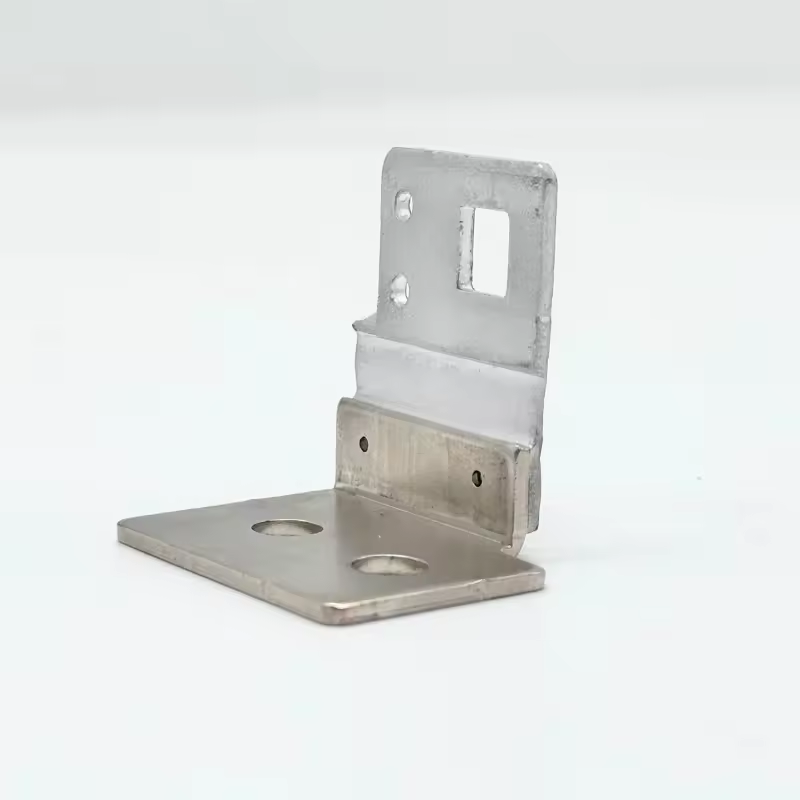
When to Choose Aluminum Busbars
- Cost-Effective Applications: In projects where budget constraints are a major consideration, aluminum busbars are often a more economical option.
- Lightweight Solutions: In industries where weight is a critical factor—such as aerospace, automotive, marine, and portable electronics—aluminum busbars offer a lighter alternative that does not compromise functionality.
- Heat Dissipation Needs: Aluminum busbars are known for their ability to dissipate heat more effectively than copper, making them suitable for applications where heat management is crucial.
- Flexibility Requirements: Due to aluminum’s malleability, it is easier to fabricate and bend than copper. This characteristic makes aluminum busbars a better choice for applications that require flexibility, such as busway systems and bus ducts.
- Utility-Scale Power Systems: For large-scale utility power systems, such as solar and wind farms, aluminum busbars have become the industry standard due to their affordability and effectiveness in high-voltage transmission and distribution.
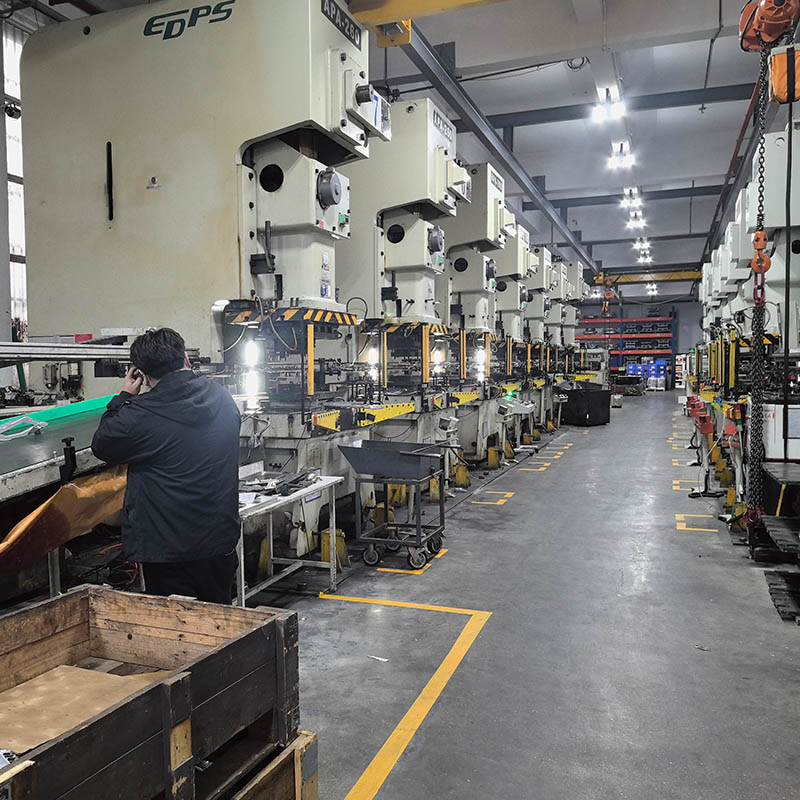
Custom Fabrication of Copper and Aluminum Busbars to Your Specifications
At Topmetalstamping, we specialize in custom sheet metal fabrication, recognizing that selecting the right busbar material is just the first step. Our expertise in fabricating copper and aluminum busbars is backed by advanced technologies such as turret punches, laser cutting, and press brakes. These state-of-the-art machines enable us to create precision sheet metal busbars tailored to your exact specifications, all while optimizing costs and reducing lead times.
Are you ready to begin your next busbar project? Contact us today!

